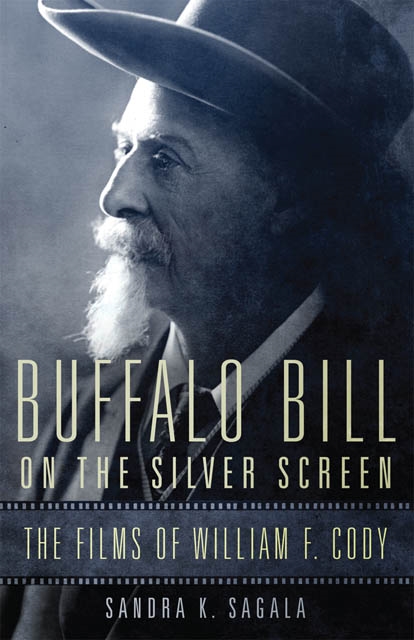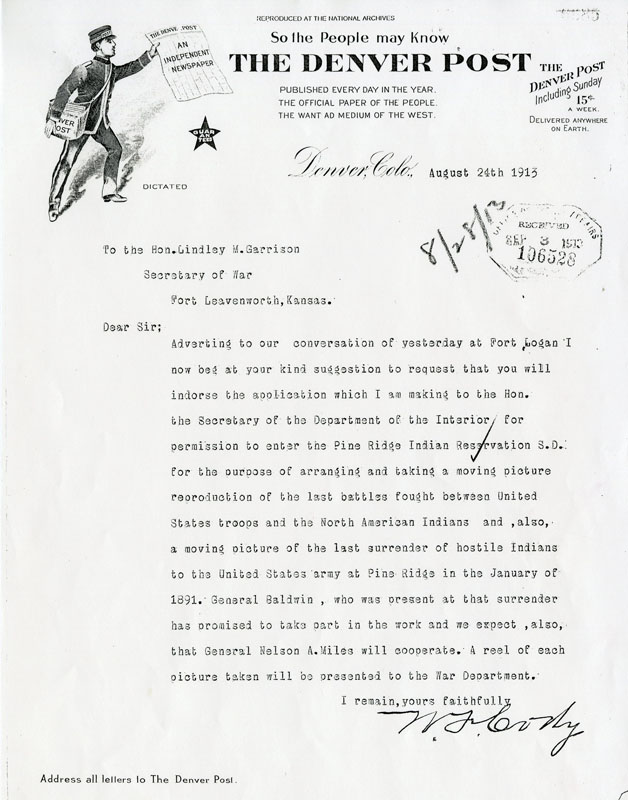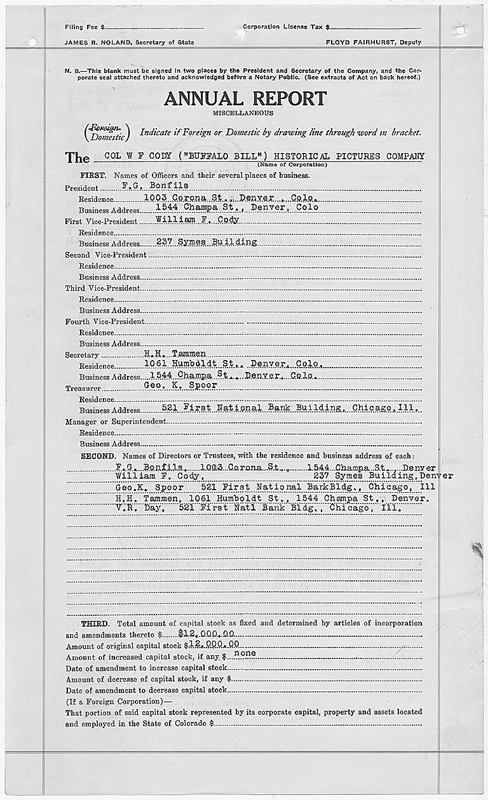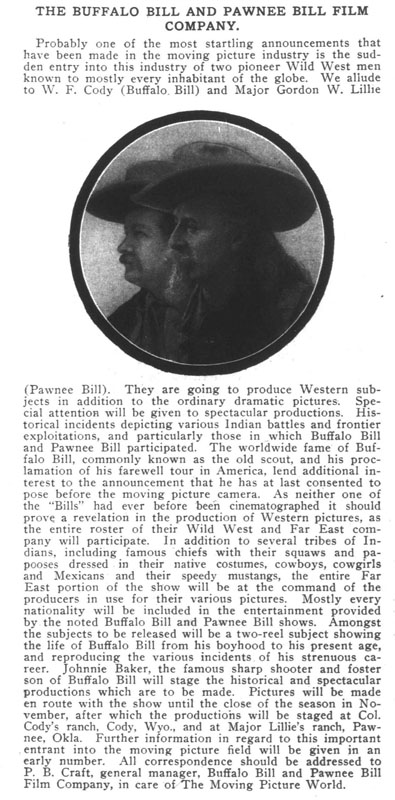
Introduction: The Legacy of Buffalo Bill on the Silver Screen
For more than thirty years, William F. Buffalo Bill Cody entertained audiences across the United States and Europe with his Wild West show. Scores of books have been written about Cody's fabled career as a showman, but his involvement in the film industry--following the dissolution of his traveling show--is less well known. In Buffalo Bill on the Silver Screen, Sandra K. Sagala chronicles the fascinating story of Cody's venture into filmmaking during the early cinema period.


